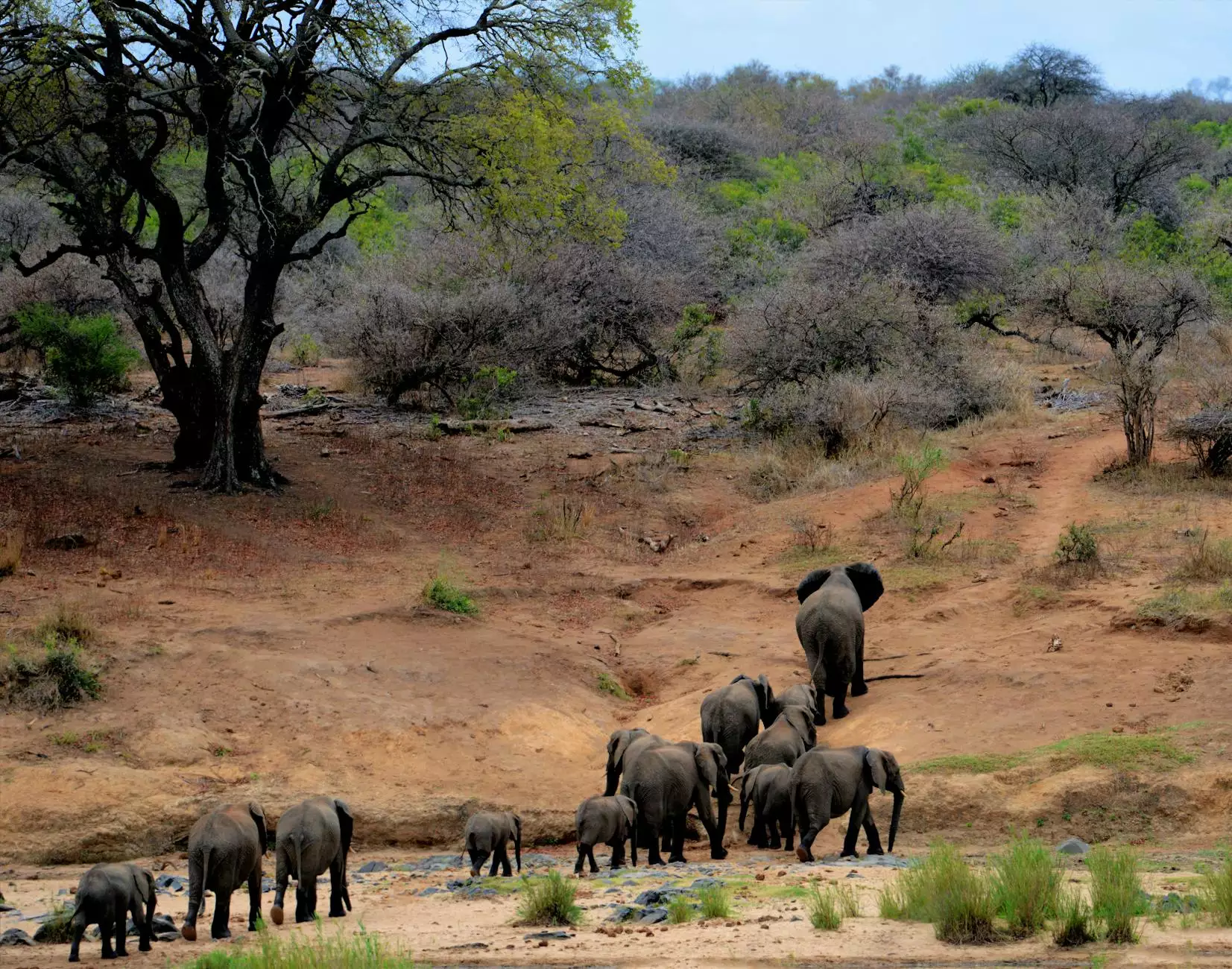Howling to be Heard: Wolf Evolution and Behavior
Blog
Introduction
Welcome to Butterflies R Us Mobile Training's comprehensive guide on wolf evolution and behavior. In this article, we delve into the captivating world of these remarkable creatures, exploring their evolutionary journey and fascinating behavioral adaptations. Wolves, the iconic apex predators, have long intrigued scientists and nature enthusiasts alike.
The Evolutionary Journey
Modern-day wolves, scientifically known as Canis lupus, have an ancient lineage dating back millions of years. Their ancestors, close relatives of the gray wolf, roamed the Earth during the Pleistocene epoch. Through survival and natural selection, wolves have evolved to become apex predators, adapting to various habitats and climate zones.
Adaptive Mechanisms
Wolves have developed a range of remarkable adaptive mechanisms enabling their success as formidable predators. One of their most distinctive features is their powerful jaws and teeth, which are specifically designed for capturing and grasping prey. Their keen senses, including exceptional hearing and smell, aid them in hunting and communicating with other pack members over vast distances.
Social Structure
Wolves are highly social animals, often found in close-knit family groups known as packs. Pack dynamics play a crucial role in their survival and hunting success. Each pack typically consists of an alpha pair (the dominant male and female) and their offspring. The alpha pair maintains their status through displays of dominance and leadership, shaping the entire pack's behavior and decision-making.
Behavioral Patterns
Understanding wolf behavior provides valuable insights into their ecological significance and allows us to appreciate their role in maintaining balanced ecosystems. Key behavioral patterns include:
Hunting Strategies
Wolves are formidable hunters, employing various strategies depending on their environment and prey availability. Their cooperative hunting technique, known as pack hunting, enhances their chances of capturing larger prey such as elk or bison. By working together, they are able to bring down animals much larger than themselves, ensuring an adequate food supply for the pack.
Communication
Wolves are known for their distinctive howls, often used as a form of communication within the pack and to establish territory boundaries. These howling sessions are not merely a means of vocalization but serve as a bonding experience, reinforcing social bonds and coordination among pack members. Additionally, wolves use body language, facial expressions, and scent marking to convey information and maintain pack cohesion.
Family Dynamics
Wolf packs exhibit complex family dynamics, with each member playing a specific role. Younger offspring, known as pups, learn vital skills and behaviors from older siblings and the alpha pair. They become the future generation of hunters and caretakers, ensuring the pack's continuation and survival.
Ecological Significance
Wolves are critical components of healthy ecosystems, playing a vital role in regulating prey populations and promoting biodiversity. Their presence helps maintain ecological balance, preventing overgrazing by herbivores and thus influencing vegetation patterns. The reintroduction of wolves in certain regions has led to the recovery of endangered species and restored natural ecosystem functions.
Connect with Butterflies R Us Mobile Training
At Butterflies R Us Mobile Training, our passion for wildlife and nature drives us to offer educational programs and experiences that deepen understanding and appreciation for magnificent creatures like wolves. Join us in exploring their evolution, unraveling their behavioral mysteries, and gaining a profound appreciation for their ecological significance.










